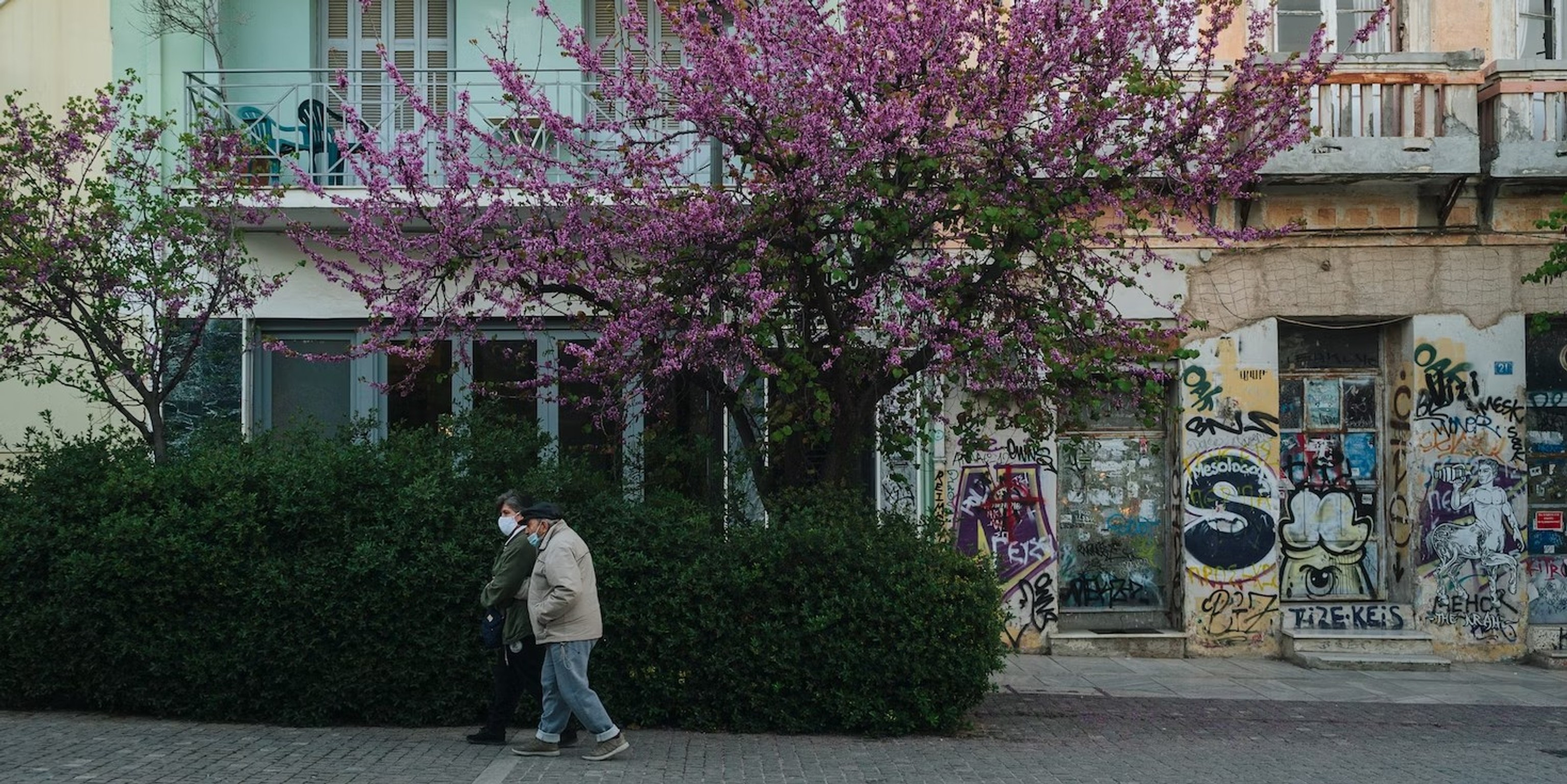
Walking and Talking: Place-based Data Collection and Mapping for Participatory Design with Communities
Design Futures



Collaborators Northumbria University, Edinburgh University
Abstract
This paper explores the value of a participant-led walking method, during which matters of place in urban or rural contexts are explore
Method
While walking, a diverse dataset is collected, including audio recordings, photographs, GPS tracks, as well as three words that participants are prompted for at each stop along the walk via a bespoke web application.
Takeaways
Working with marginalized communities living in both contexts, our aim was to evaluate to what extent the method and the WalkYourWords app can support the articulation of place-based issues and feed into processes of participatory design and civic engagement.
This paper explores the value of a participant-led walking method, during which matters of place in urban or rural contexts are explored. While walking, a diverse dataset is collected, including audio recordings, photographs, GPS tracks, as well as three words that participants are prompted for at each stop along the walk via a bespoke web application.
We used this approach in an urban community in the UK and a rural community in Greece as part of ongoing place-based initiatives. Our findings show how participants connected personal and emotional stories with structural issues, countered official, ‘authorised’ discourses about both places, and how maps and videos created after the walks acted as boundary objects. We reflect on the claims of walking as a method that fosters equitable researcher-participant relationships, outline future design directions for participatory walking and mapping technologies, and consider the value of walking methods and map-making for participatory design.
In this paper, we present an adaptation and application of a 'Walking and Talking' method in combination with a set of data collection tools in two different cultural contexts. Both contexts, a semi-urban social housing estate in the UK and a rural group of villages in Greece, are frequently portrayed as in need of 'development' and outside intervention to improve living conditions.
Working with marginalized communities living in both contexts, our aim was to evaluate to what extent the method and the WalkYourWords app can support the articulation of place-based issues and feed into processes of participatory design and civic engagement.
Findings
Our findings showed that by walking in-place, participants shared personal experiences and memories that were entangled with the place and wider structural issues, such as stigma and top-down intervention. Using the WalkYourWords app, they also produced data that counters official narratives about each place. They challenged what is officially considered a part of Meadow Well and Katsanochoria and produced narratives about community strength, environmental care, and self-determination rather than deprivation and development.
Finally, the maps and videos we created out of the data acted as boundary objects to bridge public discourses in different social spheres. In Meadow Well, this was to facilitate an ongoing participatory design process to co-create place-based actions that respond to the issues identified by the group of walkers. In Katsanochoria, this was to share the alternative narratives of our participants in online fora to contribute to ongoing debates about the future of the villages.
Reflection
Reflecting on our findings, we found that walking with our participants did indeed establish an equitable relationship between us that supported the articulation of personal and public issues. While the relationship and the trust we had built before we went on a walk, how we framed the research to participants, and what kind of questions we asked also contributed to this relationship, we do believe that walking side-by-side, putting them in charge of setting the route, and following a mostly unstructured conversation style played a significant part that may not have been achieved in a sedentary interview.
Moreover, it was important to walk through their local environment and to use different data collection tools (audio, photographs, WalkYourWords app, GPS tracks) to be able to produce rich and engaging design artifacts reflecting back our insights – the paper maps and videos.
Future Development
We therefore see potential to further develop data collection tools for walking, both for researchers and designers as well as for communities to use themselves without academic facilitation. There is potential to semi-automate some of the post-walk data processing and output generation, making potentially valuable tools for place-based design processes and civic advocacy. As researchers and designers, we are excited to continue developing the app and share it with the HCI communities for use and further input.
Publications
Walking and Talking: Place-based Data Collection and Mapping for Participatory Design with Communities. Prost S, Ntorous V, Wood Gm Collingham H, Taylor N, Crivellaro C, Rogers J, Vines J. DIS23. DOI.